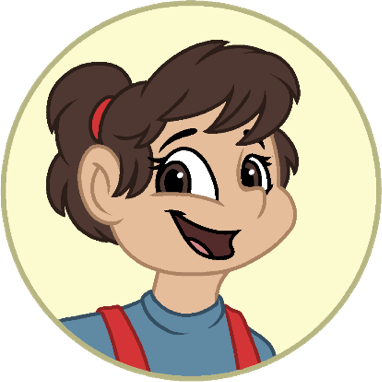 Contact Us
Home
Contact Us
Home

Welcome to Dede’s Pet Shop resources page! We’re so glad you’ve decided to join us in continuing the learning enjoyment. Dede’s Pet Shop gives you the ability to contextualize going to a pet store, all while working on very important and specific concepts and skills.
Each resource has a focus, with different levels of learning depending on your child’s ability. From puppet making to foster pretend play, creativity, and fine motor skills to interactive cut-outs for story retell, or practice reading and writing with our worksheets that target different language and literacy skills, you will surely find these activities are meaningful and purposeful.
We’ve deconstructed Dede’s Pet Shop into parts so you can easily know what you should and can be teaching your child to become successful communicators.
Pretend you are going to Dede’s Pet Shop! Choose your favorite pet friend, and download it.
Take it beyond the book and download the companion coloring book where your child can use their own imagination to color in Dede, the pet store, pets and more. Additionally, download T/D words associated with each page to continue the modeling and production of these sounds.
Empowering readers with interactive cut-outs to recall different parts of the story. We've provided the animals, people and places to facilitate story retell.
Practice important language and literacy skills with these worksheets. Each worksheet has a focus using vocabulary from Dede's Petshop for referencing and context.
Minimal pairs are sets of words that differ only by one sound in the same position in each word. These are used in speech therapy in order to help with reorganizing a child's sound system. Using minimal pairs is a great way to teach children about sounds, and how even ONE sound difference creates a totally different word with a completely different meaning. Examples of minimal pairs are: tea/key, thumb/dumb, make/cake, back/bat.
Specifically, “Backing” minimal pairs are sets that focus on sounds that are formed in the front of the mouth versus sounds that are generated in the back of the mouth. If a child is struggling with differentiating between “front” sounds versus “back” sounds, these would be an excellent way to practice hearing the difference and saying the different sounds.
Furthermore, each set has words that are found in Dede’s Pet Shop. T/D are front sounds, which is the focus of this book. Giving the words context by using the story, will facilitate understanding and usage of them.